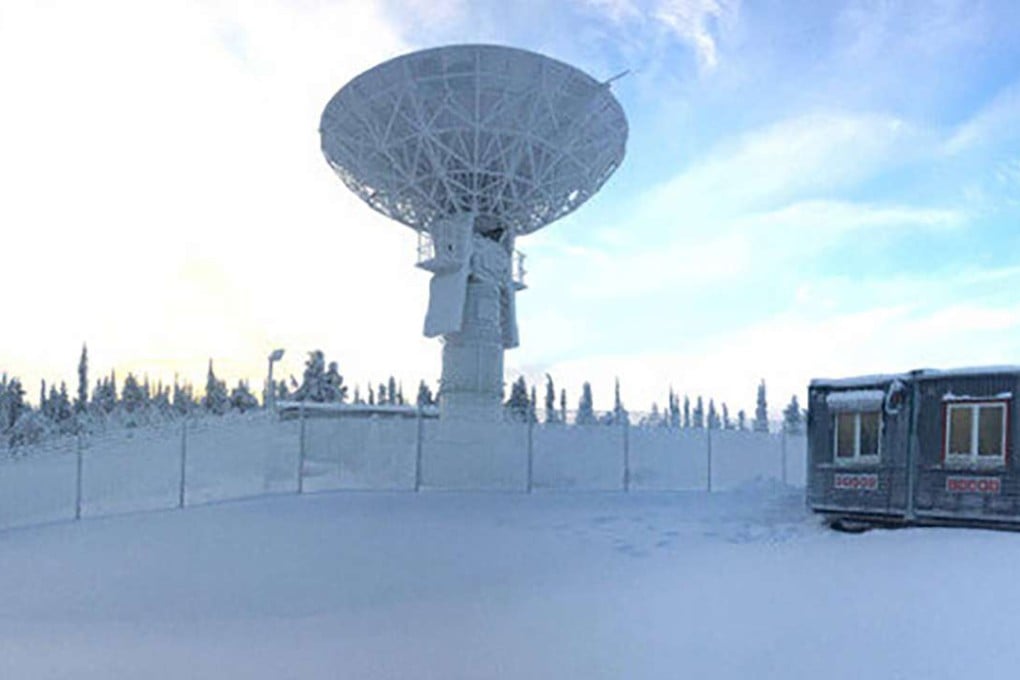China launches its first fully owned overseas satellite ground station near North Pole
Space experts hail Swedish facility – allowing global data to be collected more than twice as fast as before – as technological and political triumph

China launched its first fully owned overseas satellite ground station near the North Pole on Thursday.
This could be prove just as politically significant to Beijing as the facility’s technological benefits, space experts said.
The facility, located in Sweden about 200km north of the Arctic Circle, would allow China to collect satellite data anywhere on Earth at speeds that were more than twice as fast as before, said the Chinese Academy of Sciences, the academic governing body that built and runs the station.
Construction of the China Remote Sensing Satellite North Pole Ground Station, as it is formally known, started two years ago at at Kiruna’s Esrange Space Centre, the world’s largest civil ground station for satellites.

Sweden is one the few European Union nations not to have joined the North Atlantic Treaty Organisation – an intergovernmental military alliance – so is not so closely politically and militarily allied with the United States.